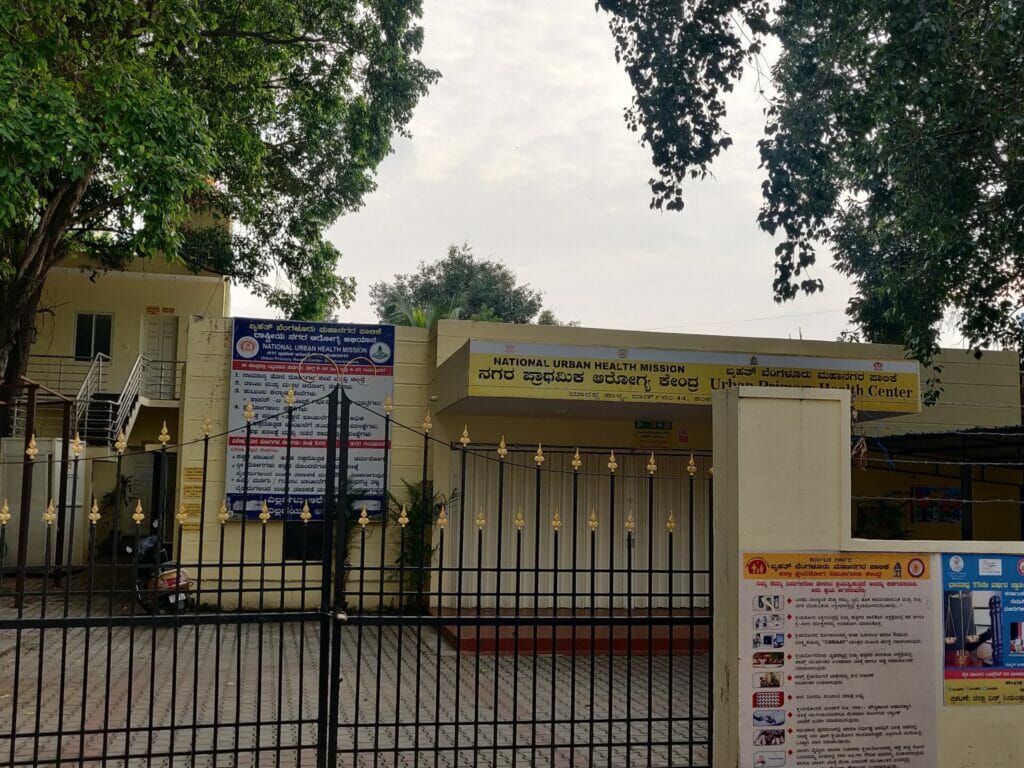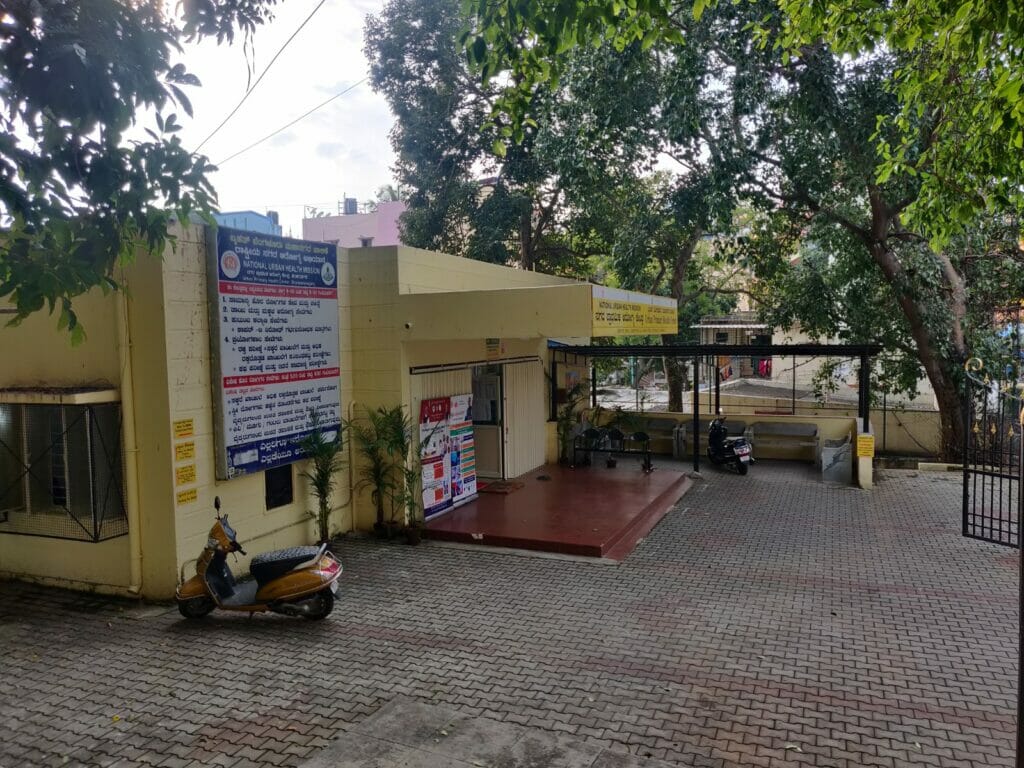Bengaluru’s first Namma Clinic, a freshly painted building being established in Mahalaxmipuram, that will provide free basic health care to the urban poor, is waiting to be inaugurated. The opening could happen anytime this month, no particular date has been set as yet. The plan is to set up 438 Namma Clinics across all the city’s 243 wards by the end of December 2022, according to state health minister Dr Sudhakar K.
As per the 2022-23 state budget, “In these clinics, the services of detection of non-communicable diseases and of referral for treatment to specialists will be provided”. The clinics are proposed to be set up in areas populated largely by the economically weaker population.
Treatment and medicines will be completely free at these clinics. The BBMP is in the midst of identifying government buildings where they can be set up.

Study finds urban poor’s health inequity
The healthcare equity study 2021, by Azim Premji University showed that the urban poor shoulder a larger burden of diseases than the rich. This health inequity means the poor have lower life expectancy rates, higher prevalence of non-communicable diseases, such as high blood pressure and diabetes, and adverse mental health impact, the study authors added.
Though anyone can avail treatment at a Namma Clinic, “the primary objective in setting up these clinics is to help the urban poor,” says a health official in charge of the ward, on condition of anonymity. The clinics will offer services like vaccination, such as COVID-19 vaccines, immunisation, which is part of the maternal and child health programmes, and treatment for ailments like tuberculosis. The official said there will be a doctor, a staff nurse, and a lab technician at all times for basic diagnosis. Treatments beyond the capacity of the clinic will be referred to city-based specialists.
Gaps in urban healthcare persist
While the NUHM-2013, which was aimed at bringing about equitable and quality primary healthcare services to the urban population with a special focus on slum and vulnerable sections, systematised healthcare, the APU study, mentioned earlier, called into question the governance of urban health due to overlapping jurisdiction of bodies, like the BBMP, and the state government’s health department.
The study says the multiplicity of healthcare providers in the state, is a challenge to accessibility, quality and accountability. “Our analysis shows that there is little uniformity in urban health systems and that the ‘system’ takes many shapes and forms”.
Read more: A wish list for public healthcare in 2022
Existing Primary Healthcare Centres
A kilometre away from the newly-minted Namma clinic is Shankar Nagar Urban Primary Healthcare Centre (UPHC), under the National Urban Health Mission (NUHM). People file out of the UPHC as the clinic’s shift draws to a close at 4:30 pm. A family of four visiting the centre was figuring out the legal name of their village Sirpur in Telangana’s Kagaznagar. This UPHC gets patients from far and near looking for affordable quality health care.
“The clinic treats general as well as chronic diseases,” says Radha K, a staff nurse at the UPHC. “It offers family planning services, maternal, and childcare services and other routine tests and examinations”. As per NUHM guidelines, a “UPHC must be located either within or at a distance or not more than half a kilometre from a slum or slum-like habitation, to ensure easy access by the most vulnerable of the urban population”.
Read more: Migrant workers — unaware and unable to access state healthcare schemes
The Namma Clinics too will be providing some of these same services, though the range of services available at the clinics will not be as extensive as those available at the UPHCs. The working hours of the two is also the same, which means if labourers have to access medical services after working hours, they will be unable to do so at either.

However, the health official quoted earlier says the two are distinct from each other. “While UPHCs provide all kinds of services, Namma Clinics will serve as sub-centres to alleviate some of the burdens on the former,” she says. “The clinics will bridge the geographical gap that sometimes arises when UPHCs are located far away from slums or informal settlements, making their services inaccessible,” the official adds.
The rationale behind Namma Clinics
While the standard norm for providing affordable public health care is through the establishment of Primary Health Centres (PHCs), why did the government feel the need to create a new urban health infrastructure system through its Namma Clinics rather than strengthen the ones already in place? Especially given the APU report finding that funding for urban primary health is shrinking across the country, and that a three-fold increase in funding is required to provide full coverage of basic primary health services.
“The government has spent Rs 17.52 crore to establish the clinics and will incur an annual cost of Rs 138 crore for staff salaries. So far, Rs 155 crore has been spent on the clinics” reports quoted the health minister saying.

As per the BBMP budget of 2022-23, Citizen Matters reported in April this year, that Rs 286 crore has been earmarked for public health, out of which only Rs 7.5 crore was allocated for procurement and upgrading of equipment in current healthcare facilities. The Public Works Department has been allocated just Rs 9 crore for the maintenance and upkeep of existing PHCs, hospitals, labs, etc.
Additionally, in September this year, the Chief Minister inaugurated a Comprehensive Urban Primary Health Centre (CUPHC) in Palace Guttahalli, which is targeted to come up in 20 other places. As per the operational guidelines for CUPHCs under National Health Mission, the clinics are premised on universal access affordability, equity and quality. Although, it is yet to be seen how and if these services across centres and clinics can be streamlined to prevent those pushed to the margins, from falling through the cracks in public health care delivery. For now, the focus is on getting the Namma Clinics operational.